

The Order of Leopold
5 classes, in a military, a maritime and a civil division
THE ORDER OF LEOPOLD is the first Belgian Order, both in the order of wear as for its intitution. Created in 1832 (decrees of 11 July and 3 August), it is awarded to persons, holding higher rank in life, usually for the length of a career or for exceptional service. In practice long time service is alternatively rewarded by the Order of the Crown and, 5 years later, the Order of Leopold I. Some examples : officers in the armed forces receive the Order usually after 20 years of service, 5 years after having received the Order of the Crown; public servants in higher office are eligible after 10 to 20 years (again, 5 years after being awarded the Order of the Crown). Promotion in the Order comes after another 10 years (i.e. after having been promoted 5 years earlier in the Order of the Crown). Private persons, e.g. physicians, engineers, lawyers, presidents of important institutions or firms, famous artists etc.,can also be awarded the Order. The badge of the Order has on its reverse the intertwined letters "LR" (Leopold Rex) mirrored on themselves. The obverse has the Belgian Kingdom's motto around the central medallion's edge : either the bilingual Flemish/French "EENDRACHT MAAKT MACHT - L'UNION FAIT LA FORCE" (Unity makes power) or the French only, pre-1951 version. Ribbon emblems such as palms, crossed swords (see also Belgian WWII decorations), gilt or silver stars are usually connected with wartime services os are ribbons having a central gilt stripe or gilt edges (see Belgian WWI Decorations, Order of Leopold II for this ribbon version). The Military Division of the Order has crossed swords between the Order's cross and crown, the (very rare) Maritime Division crossed anchors.
|
Grand Cordon (military div. sash & badge) |
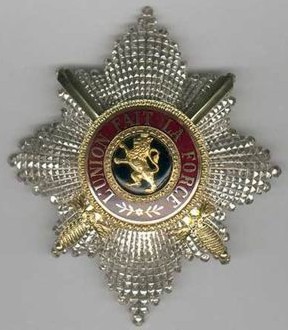 |
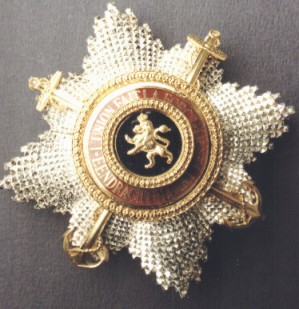 |
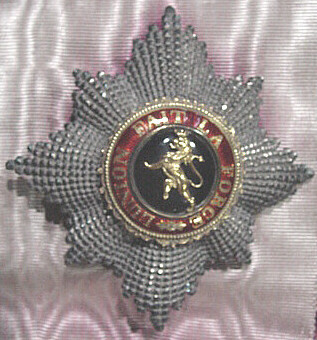 |
Grand Cordon (military div. breast star) |
Grand Cordon (maritime div. breast star) |
|
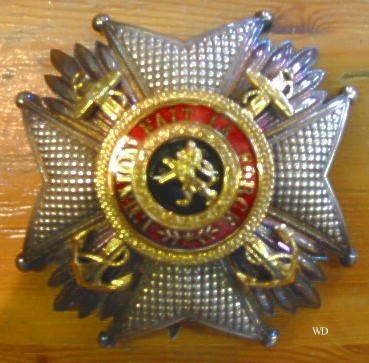 |
||
Grand-Officer (military division) |
Grand-Officer (maritime division) |
Grand-Officer (civil division) |
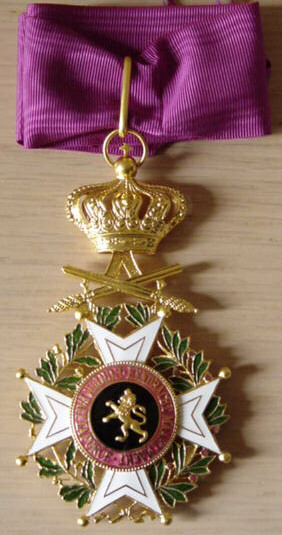 |
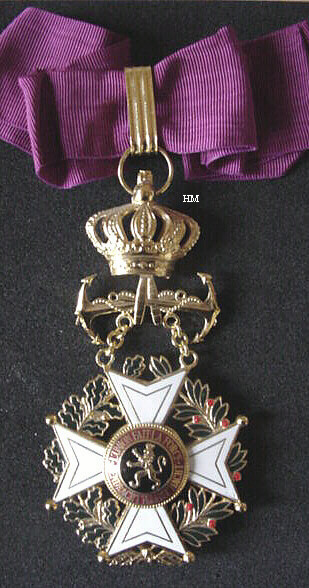 |
 |
| Commander (military division) | Commander (maritime division) | Commander (civil division, obverse & reverse) |
Officer (obverse, military division, with swords)
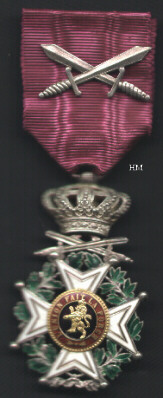
Knight (obverse military div.with swords, obverse civilian div.)
Copyright Hendrik Meersschaert 2024 ©